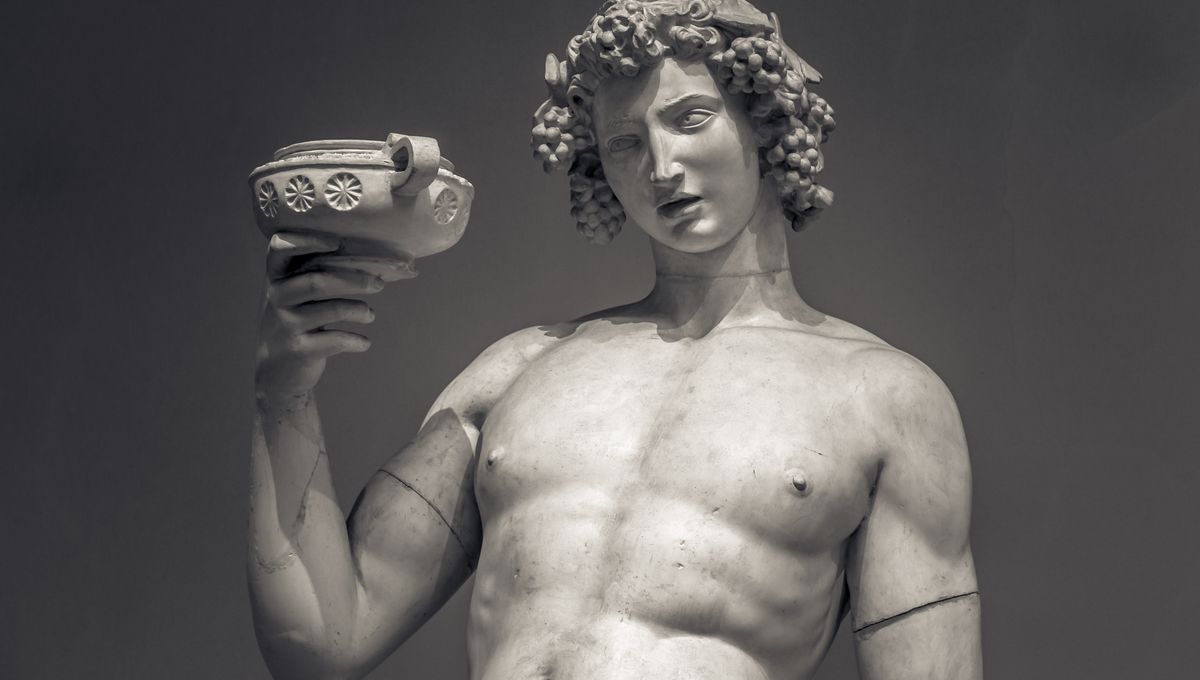
The centuries have not always been kind to ancient artifacts, especially works of art. Museums across the world are filled with examples of statues and sculptures that are damaged in some way, often missing limbs or showing signs of dilapidation. However, not all of this assumed damage is accidental. It seems the Romans deliberately created statues without heads – and for a practical reason.
Headless sculptures are probably among the more iconic features of Roman art and archaeology. But rather than being incomplete due to misadventure, some of these sculptures were created with detachable heads. This is because the Romans, ever the pragmatists, liked to be flexible with their artistic displays. Or, to put it another way, if you commissioned an expensive sculpture of a popular figure or hero, what happens if said hero becomes unpopular?
The solution is simple – you pop their head off and replace it with whoever the latest social icon or hero is. The artist just has to create an idealized, standardized body (usually wearing a toga) and then you have the means to swap and change the faces of your decorations like that creepy woman from Return to Oz.
This inbuilt flexibility was particularly important for Roman culture, as the act of forgetting was one of the more significant forms of punishment for those in disgrace. Statues were defaced and decapitated as a way to destroy the memory of the person they depicted, which often happened when one emperor replaced another or there was a significant regime change.
To be clear, not all sculptures were built for this flexibility, so not every headless example was designed to end up this way. Moreover, detachable heads were not the only parts that could be made to change. Some states also had detachable arms or other features, but detachable heads were more common. Ultimately, this was a cheap way to replace your art.
A famous example of this type of sculpture can be seen in the Statue of a Seated Woman, which was created in the 2nd century CE and is held at the Art Institute of Chicago. This generic representation was designed so that it could represent a goddess or a prominent woman.
Another example is the statue of Antonius, Emperor Hadrian’s enigmatic lover, that is held at the University of Helsinki. This statue, dated to around 130-150 CE, shows the lines where the head and forearms could be removed if needed.
Far from being immutable representations of public heroes, some Roman statues could change with the times to reflect new standards or alternative views of who and what mattered. Unlike today, where a disgraced public figure just loses face, the Romans could go the extra step and remove their head altogether.
All “explainer” articles are confirmed by fact checkers to be correct at time of publishing. Text, images, and links may be edited, removed, or added to at a later date to keep information current.
Source Link: Headless Roman Statues Are Headless For A Reason – And It’s Not What You Think